Filter by
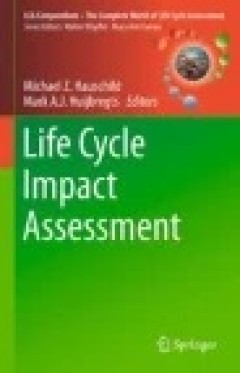
Life Cycle Management
This book provides insight into the Life Cycle Management (LCM) concept and the progress in its implementation. LCM is a management concept applied in industrial and service sectors to improve products and services, while enhancing the overall sustainability performance of business and its value chains. In this regard, LCM is an opportunity to differentiate through sustainability performance on…
- Edition
- -
- ISBN/ISSN
- 978-94-017-7221-1
- Collation
- -
- Series Title
- -
- Call Number
- -
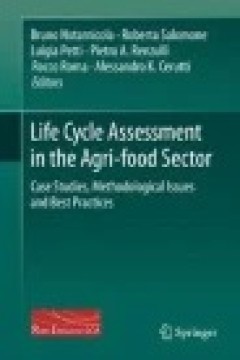
Life Cycle Assessment in the Agri-food Sector: Case Studies, Methodological I…
The book presents an overview of the International practices and state-of-the-art of LCA studies in the agri-food sector, both in terms of adopted methodologies and application to particular products; the final purpose is to characterise and put order within the methodological issues connected to some important agri-food products (wine, olive oil, cereals and derived products, meat and fruit) a…
- Edition
- -
- ISBN/ISSN
- 978-3-319-11940-3
- Collation
- -
- Series Title
- -
- Call Number
- -
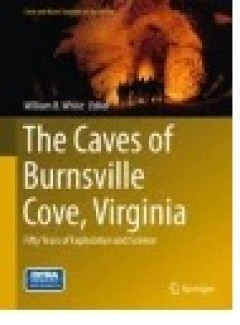
The Caves of Burnsville Cove, Virginia
This book highlights some of the most difficult and persistent exploration ever undertaken in the United States – in Burnsville Cove, a small limestone valley in west-central Virginia – while at the same time reviewing the scientific discoveries made in the area’s 116 km of caves in the course of 50 years. Overall, the book offers a unique combination of exploration and science by a conse…
- Edition
- -
- ISBN/ISSN
- 978-3-319-14391-0
- Collation
- XII, 479
- Series Title
- Cave and Karst Systems of the World
- Call Number
- -
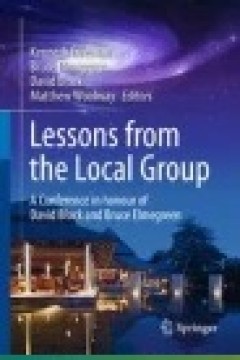
Lessons from the Local Group: A Conference in honour of David Block and Bruce…
Our understanding of galaxy formation comes mostly from two sources: sensitive observations at high angular resolution of the high-redshift Universe, where galaxies are observed to be forming, and detailed observations of individual stars and clouds in the Local Group, where telltale remnants from its formative time remain and similar processes operate at a low level today. The current conferen…
- Edition
- -
- ISBN/ISSN
- 978-3-319-10614-4
- Collation
- -
- Series Title
- -
- Call Number
- -

The Calculus of Life
This book explores the exciting world of theoretical biology and is divided into three sections. The first section examines the roles played by renowned scientists such as Jacob, Monod, Rosen, Turing, von Bertalanffy, Waddington and Woodger in developing the field of theoretical biology. The second section, aided with numerous examples, supports the idea that logic and computing are suitable fo…
- Edition
- -
- ISBN/ISSN
- 978-3-319-16970-5
- Collation
- XIII, 95
- Series Title
- SpringerBriefs in Biology
- Call Number
- -
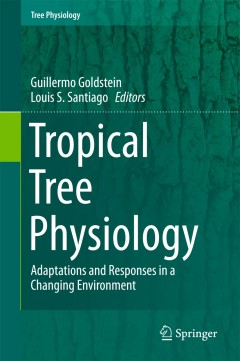
Tropical Tree Physiology
This book presents the latest information on tropical tree physiology, making it a valuable research tool for a wide variety of researchers. It is also of general interest to ecologists (e.g. Ecological Society of America; > 3000 or 4000 members at annual meeting), physiologists (e.g. American Society of Plant Biologists; > 2,000 members at annual meeting), and tropical biologists (e.g. Associa…
- Edition
- 1
- ISBN/ISSN
- -
- Collation
- XVIII, 467
- Series Title
- Tree Physiology
- Call Number
- -
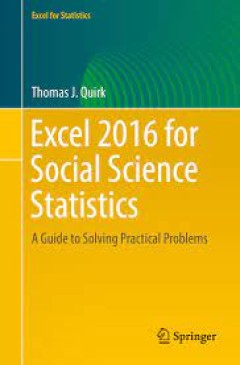
Excel 2016 for Social Science Statistics
This book shows the capabilities of Microsoft Excel in teaching social science statistics effectively. Similar to the previously published Excel 2013 for Social Sciences Statistics, this book is a step-by-step exercise-driven guide for students and practitioners who need to master Excel to solve practical social science problems. If understanding statistics isn’t your strongest suit, you are …
- Edition
- -
- ISBN/ISSN
- 978-3-319-39711-5
- Collation
- 2 b/w illustrations, 165 illustrations in colour
- Series Title
- -
- Call Number
- -
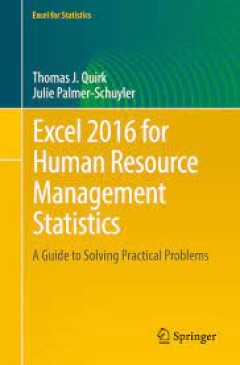
Excel 2016 for Human Resource Management Statistics
This book shows the capabilities of Microsoft Excel in teaching human resource management statistics effectively. Similar to the previously published Excel 2013 for Human Resource Management Statistics, this book is a step-by-step exercise-driven guide for students and practitioners who need to master Excel to solve practical human resource management problems. If understanding statistics isn�…
- Edition
- -
- ISBN/ISSN
- 978-3-319-40063-1
- Collation
- 1 b/w illustrations, 161 illustrations in colour
- Series Title
- -
- Call Number
- -
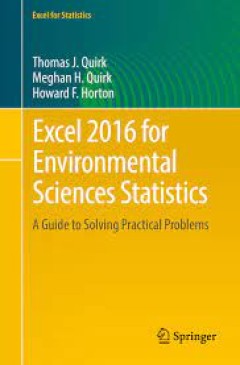
Excel 2016 for Environmental Sciences Statistics
This book shows the capabilities of Microsoft Excel in teaching environmental science statistics effectively. Similar to the previously published Excel 2013 for Environmental Sciences Statistics, this book is a step-by-step exercise-driven guide for students and practitioners who need to master Excel to solve practical environmental science problems. If understanding statistics isn’t the read…
- Edition
- -
- ISBN/ISSN
- 978-3-319-40057-0
- Collation
- 3 b/w illustrations, 162 illustrations in colour
- Series Title
- -
- Call Number
- -

Excel 2016 for Engineering Statistics
This book shows the capabilities of Microsoft Excel in teaching engineering statistics effectively. Similar to the previously published Excel 2013 for Engineering Statistics, this book is a step-by-step exercise-driven guide for students and practitioners who need to master Excel to solve practical engineering problems. If understanding statistics isn’t your strongest suit, you are not especi…
- Edition
- -
- ISBN/ISSN
- 978-3-319-39182-3
- Collation
- 1 b/w illustrations, 161 illustrations in colour
- Series Title
- -
- Call Number
- -
 Computer Science, Information & General Works
Computer Science, Information & General Works  Philosophy & Psychology
Philosophy & Psychology  Religion
Religion  Social Sciences
Social Sciences  Language
Language  Pure Science
Pure Science  Applied Sciences
Applied Sciences  Art & Recreation
Art & Recreation  Literature
Literature  History & Geography
History & Geography